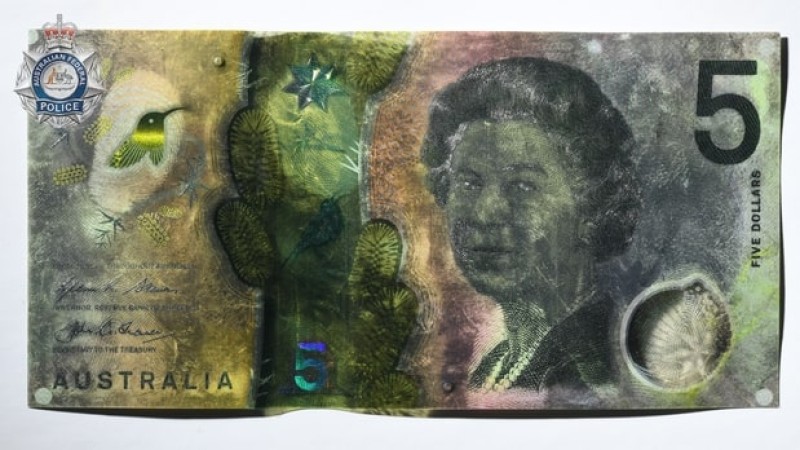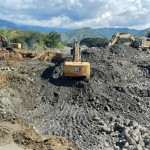Through what is known as Vacuum Metal Deposition (VMD), law enforcement can apply the use of gold and other precious metals to recover valuable evidence off of a multitude of surfaces such as plastics, fabrics, and even paper bills; a notoriously difficult surface from which to lift fingerprints. This technique, AFP said, has successfully linked multiple suspects across a variety of larger criminal operations.
Through the thermal evaporation of precious metals such as gold, silver, or zinc in a specially designed chamber, police can identify latent fingerprints that would otherwise remain invisible and impossible to process into evidence.
Essentially, how VMD works is a piece of evidence, such as a fabric, is placed into a vacuum chamber where superheated gold is evaporated and then distributed over the evidence in the form of a fine film. Superheated zinc is then similarly applied, where it binds to the gold everywhere except where fingerprint residues reside.
Much like a photographic negative, the fingerprint ridges react to the metals and light up on the fabric; but where none exist, only a distinctive gray color appears. Thanks to the controlled vacuum conditions of the chamber, the thin films of metal can process fingerprints that would otherwise never be visible to the human eye.
Altogether, the process typically takes less than 10 minutes and reveals fingerprints that do not fade.
“Fingermarks developed using VMD are often much higher quality with excellent contrast and ridge clarity,” according to West Technology Forensics. The process can even overcome extreme conditions that might otherwise damage valuable evidence, such as long periods of submersion underwater or burial underground.
Not even time itself has proved to be an effective counter against this evidence recovery technique. Cold cases over 20 years old can be reopened to try and find fingerprints that may have eluded investigators the first time around.
“This is an extremely powerful and sensitive process where precious metals such as gold can actually enhance the fingerprints of individuals that have touched the exhibits, such as banknotes,” said AFP Forensic Coordinator Dr. Nathan Scudder. “Suddenly evidence that was not visible before has been miraculously recovered, thanks to this capability.”
Scudder went on to say that VMD has produced significant results for multiple AFP investigations.
One case in June 2021, Operation Ironside, saw officers from the Drugs and Firearms Squad recover fingerprint evidence from cash seizures totalling AUS$4.9 million (US$3.4 million).
A follow-up phase in the operation resulted in the arrest of eight alleged members of an organized crime group as well as significant drug seizures and AUS$330,000 ($230,000) in cash. Fingerprints from over 20 pieces of evidence recovered at the scene were processed using VMD.



